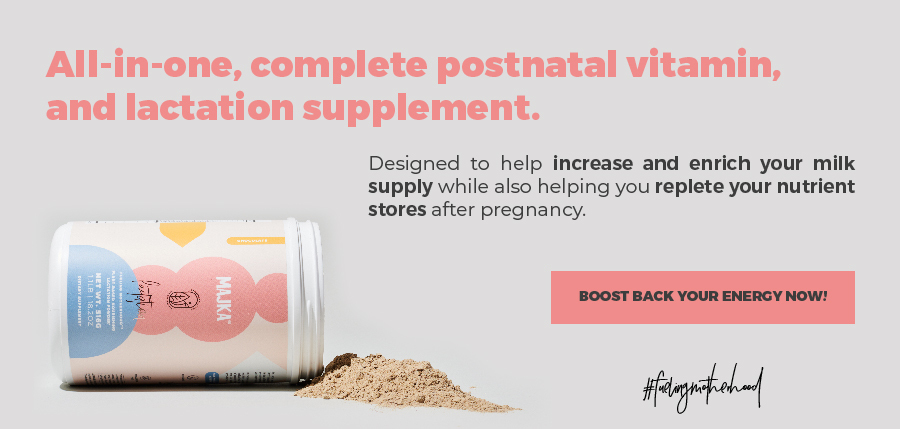
Childbirth, also known as labor and delivery, can occur through several different methods. Some families plan ahead for what they hope the delivery will go, but the truth is that you cant really determine this since it will depend on what will be best for you and for your baby depending on how he/she comes.
What types of childbirth exists?
First of all, its important to note that the type of delivery is influenced by your health, your baby´s position and any complications that could arise during pregnancy or labor; your preference´s and your doctor´s preferences play a role as well.
Another thing to keep in mind is that each type of childbirth comes with its own set of considerations, risks, and benefits, and the choice of it will depend on your individual circumstances. With this being said, now we will tell you about the types of delivery:
- Vaginal birth: is the most common and natural method of childbirth, in which your baby passes through your cervix and vaginal canal.
- Assisted vaginal birth:
Forceps delivery: forceps are medical instruments that are used to gently guide the baby’s head through your vagina. This method is used when there are concerns about the baby’s well-being or when the mother is exhausted and unable to push effectively.
Vacuum extraction: is a soft cup that is applied to your baby’s head, and a vacuum is used to assist in pulling the baby out during contractions. This method is also used when there are concerns about the baby’s well-being or when pushing is not progressing as expected.
- Cesarean section (C-Section): is a surgical procedure in which an incision is made in your abdomen and uterus to deliver your baby. This is typically used when a vaginal delivery brings risk to your or your baby or when complications appear during labor.
- Scheduled C-Section: in some cases, a C-section may be scheduled before labor begins due to medical conditions or prior complications that make a vaginal birth risky.
- Induced labor: this is done when it’s safer for you or for your baby to be born sooner, labor is initiated or induced using medical interventions.
- Multiple births: this includes giving birth to twins, triplets, or more babies in a single delivery. Multiple births can happen through vaginal delivery, C-section, or a combination of both, depending on factors such as the babies’ positions and health.
- Breech birth: is what happens when the baby’s buttocks or feet come out first instead of the head. A breech birth can be managed vaginally, but it may also require a C-section, depending on the circumstances.
- Water birth: is when a mom decides to give birth in a tub of warm water. Advocates of water birth believe that the water provides comfort and relaxation, and it may help reduce pain during labor.
- Home birth: Some women choose to give birth at home with the assistance of midwives or other trained healthcare professionals. Home births can be planned or unplanned and require careful consideration of risks and benefits. Always ask your doctor regarding any choices that you want to make.
Pros and cons of the childbirth options
Its very important to note that every childbirth has its own characteristics and to always talk to your healthcare provider regarding your specific case; each childbirth option comes with its own set of pros and cons ( that vary based on individual circumstances and preferences). Here’s a general overview of the pros and cons of some common types of delivery:
Vaginal Birth
Pros:
- Vaginal birth implies a shorter time of recovery compared to C-Section and it also lowers the risk of respiratory and immune system problems for your baby.
Cons:
- This type of birth could be painful and imply a risk of perineal tearing or episiotomy (surgical cut to widen the vaginal opening) and could provoque pelvic floor injuries or incontinence.
Cesarean Section (C-Section)
Pros:
- During a C-Section you´ll get anestesia, which helps you to avoid the pain during delivery. A C-Section can be scheduled which can allow you to have better preparation and it can also be helpful to avoid complications that may present during vaginal birth.
Cons:
- Since it involves a surgical procedure, a C-Section implies a longer recovery in the time that you are learning to breastfeed and to take care of your baby. Also, it can increased the risk of infection and surgical complications.
Assisted Vaginal Birth
Pros:
- It can help you to avoid the need for a C-Section and can be an alternative for situations where pushing isn’t progressing.
Cons:
- It can increased the risk of trauma to your baby’s head or face and also possible increased the risk of perineal tearing or injury.
Water Birth
Pros:
- The warm water can provide pain relief and relaxation and create a soothing and calming environment for you and your baby; it can also reduce the need for pain medications.
Cons:
- If the water isnt properly maintained there can be risk of infection; it can also imply a limit access to medical interventions in case of emergencies. This method may not be suitable for high-risk pregnancies or complications.
Home Birth
Pros:
- A home birth could provide a familiar and comfortable environment for some woman and it reduces the exposure to hospital-related interventions.
Cons:
- A home birth limits the access to medical interventions in case of emergencies and it increases the risks if complications arise; keep in mind that it may not be covered by your insurance or available in all locations.
Breech Birth
Pros:
- If the circumstances allow so, it can help you to avoid the need for an unnecessary C-section.
Cons:
- A breech birth could increased the risk of complications (potentional birth injuries) due to your baby’s position; it requires a skilled healthcare provider experienced in delivering breech babies.
Induced Labor:
Pros:
- It could be necessary to ensure your safety and your baby´s safety as well as it may prevent complications associated with prolonged pregnancy.
Cons:
- In some cases, labor induction can be more intense and painful and increased risk of medical interventions such as C-section.
How do I know which one is the best for me?
In order to choose which type of delivery if best for you, you and your doctor should discuss your health, medical history, your preferences and any existing complications so you can make an informed desicion that helps you to have a safe and healthy delivery for you and your baby.
In Breastfeeding 101 we hope this article helped to learn about the different types of delivery. We invite you to follow all of our content to learn more about mom´s and baby´s health; and if you want to deepen more in the topic of types of delivery, here are some of the sources that made this article possible:
- Breech baby I Cleveland Clinic
- Cesarian section I NHS
- Companion of choice at birth: factors affecting implementation I BMC
- Factors involved in selecting the birth type among primiparous women I The National Library of Medicine
- Labor induction I Mayo Clinic
- Pregnancy: Types of Delivery I Cleveland Clinic
- The Impact of Choice and Control on Women’s Childbirth Experiences I The National Library of Medicine
- Types of Birth I NHS
- Vaginal birth I Cleveland Clinic
- What matters to women during childbirth: A systematic qualitative review I The National Library of Medicine
Annie Rueb






